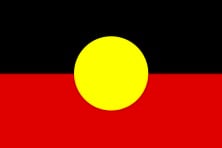Blog articles
Recent blog articles


Anglicare acknowledges Aboriginal and Torres Strait Islander peoples as the original and ongoing custodians of the lands and waters on which we live and work.
Inspired by the gospel of reconciliation in Jesus Christ, Anglicare's vision for reconciliation is a nation in which Australia's First Peoples are restored in dignity, respect, empowerment and opportunity.
Inspired by the gospel of reconciliation in Jesus Christ, Anglicare's vision for reconciliation is a nation in which Australia's First Peoples are restored in dignity, respect, empowerment and opportunity.

